This was one of the big days of the trip, as we would be looking for a new species, and one of Bulgaria's rarest: the Bosnian Blue. We visited the same site a year (plus three days) ago, but 2023 had been a year of poor weather — including during parts of the day we visited — so it was perhaps unsurprising that we came away unsuccessful. Contrastingly, 2024 has been a year of exceptionally good weather, so the first week of July ought to be just right.
It was a big day not just in terms of the target species, but also in terms of the distance we would need to cover — to get to the right area requires 10km of walking, with quite steep gradients at times, from 1475m to just over 2000m. But the whole walk up is of interest from a wildlife point of view, not least because of the prospect of a second new species for us, another blue: Higgin's Anomalous. This is an extremely local species, found in just a few areas of SW Bulgaria and adjacent Greece, but is supposedly quite common where found. We hoped that our missing these last year was again just down to the weather, rather than any indication of them being hard to find.
We set off from Gotse Delchev at 06:50am, driving for 40 minutes into the Pirin Mountains and the start point of our walk, near the Popovi Livadi (Popov's Meadows) saddle. We cut off the first kilometre of the track by climbing steeply along a path through the forest. When we rejoined it, we began to note the first few butterflies, although it was still only 8:00am and too cold to expect much. But we did see Pearl-bordered Fritillary, Large Wall Brown, Large Ringlet, Oberthur's Grizzled Skipper and Pearly Heath before long. But best of all was a brief view of Higgin's Anomalous Blue! We didn't hang around because we wanted to reach the summit in good time, but if the good weather held we would perhaps have longer to search for these in the afternoon and evening.
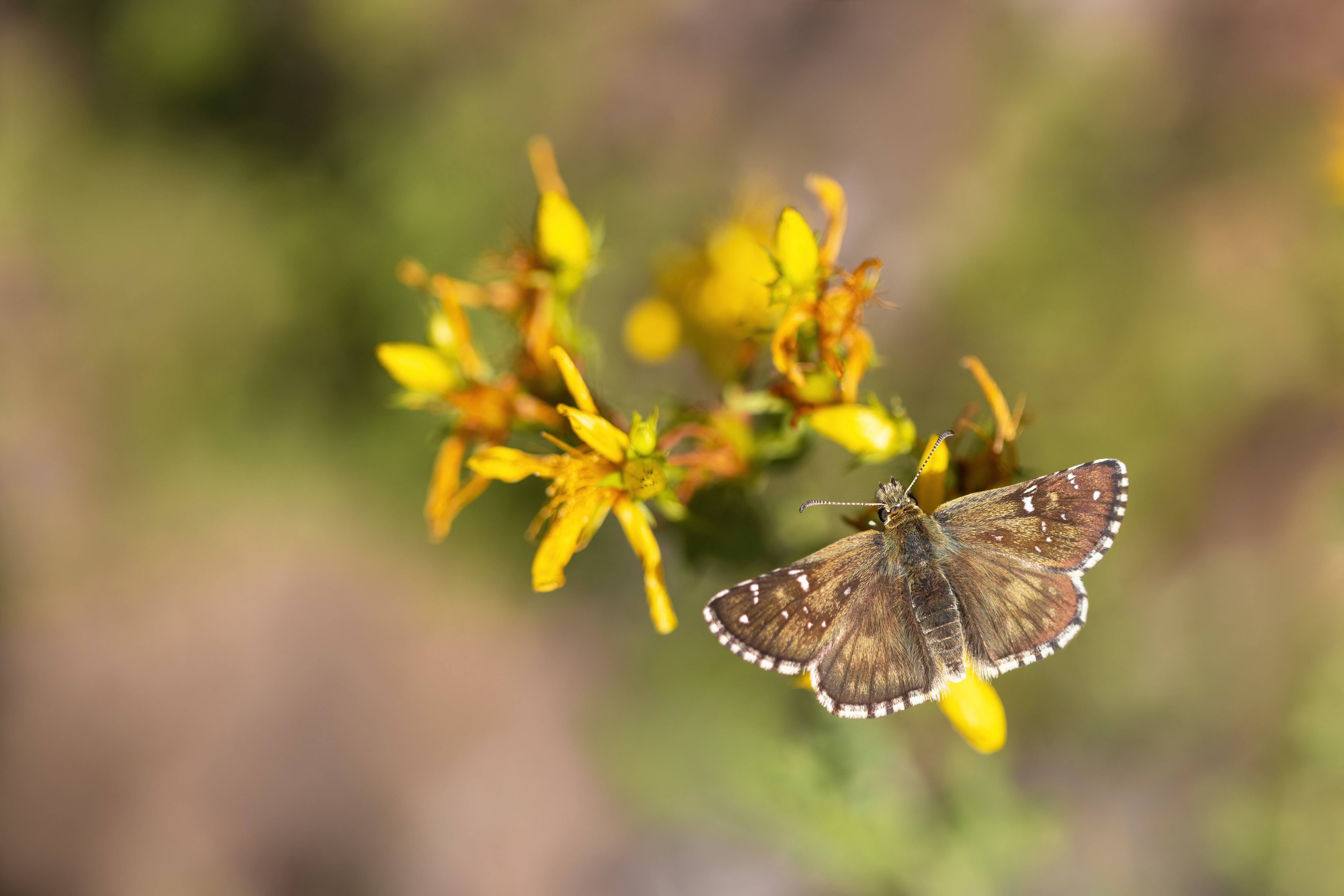
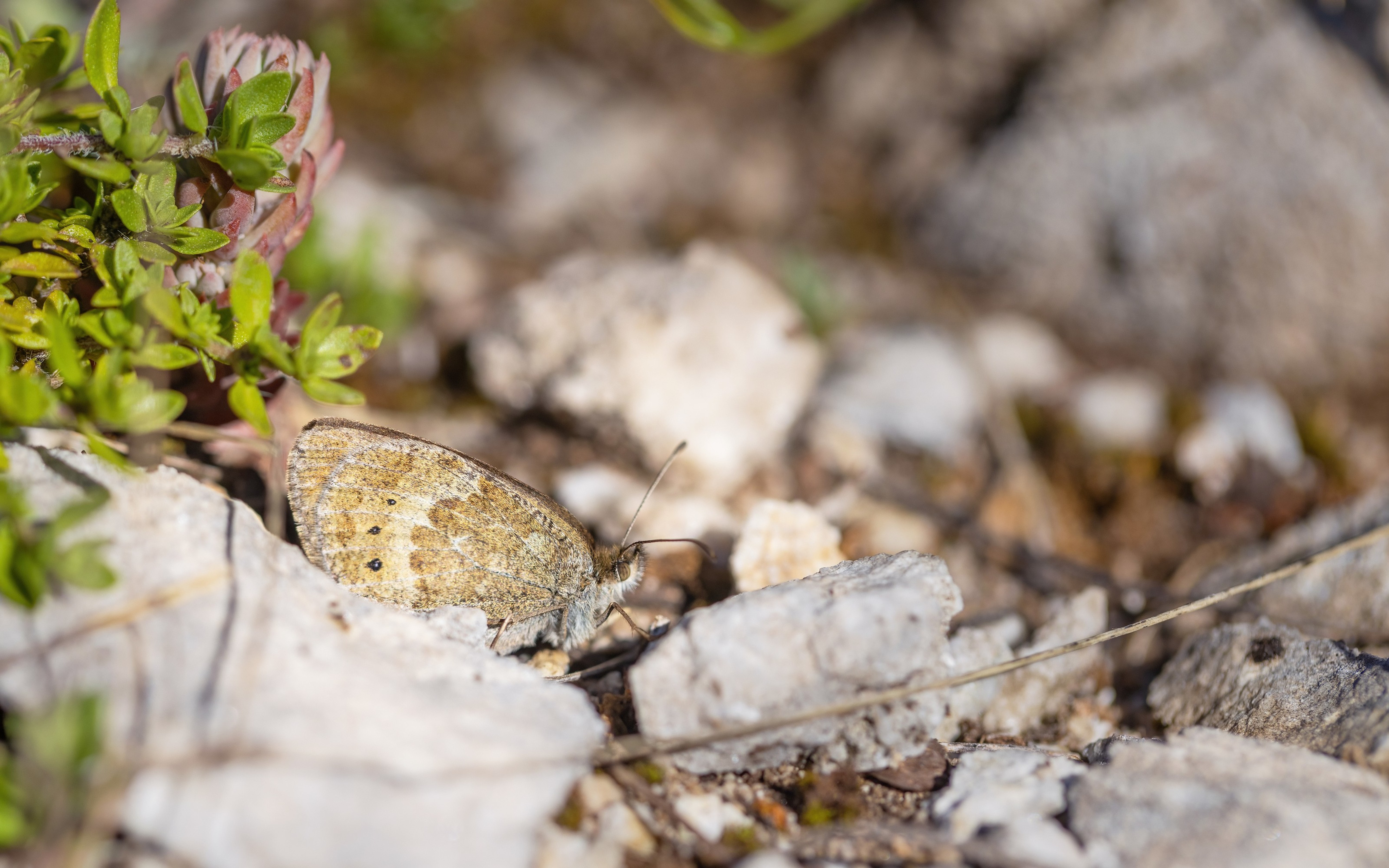
The rest of the walk up, before we began to transition into the sub-alpine zone, held more of the same species (although no more Higgin's), as well as Turquoise Blue, Great Sooty Satyr, Ottoman Brassy Ringlet and Eastern Large Heath. At about 1750m the habitat changed quite markedly, and we were much more out in the open. A nice Burnt Orchid was positioned well for a photo, and we started to see two species of Geometrid that were very numerous up here — July Belle and Scotopteryx luridata. The latter is an attractive species not found in Britain; I got good photos of it on last year's visit. We also began to see Bright-eyed Ringlet.

At 10:15am we reached what looked like suitable habitat for Bosnian Blue, with the foodplant growing, though not yet in flower. The weather was still good — a lot less foggy than last year — so we were optimistic. As it turned out we had picked out a perfect spot... after setting our bags down and beginning exploring, it took just five minutes before we found our first Bosnian Blue, a nice male! It turns out the species is one of those that is very difficult track in flight, since it stays low against the greyish rocks, and moves very fast. I had just managed a few pictures of this first individual before it shot off and we lost sight.
Within the next 15 minutes we'd found a second individual, this time a female, and before long another male, a tatty one. We continued searching and photographing over the next hour, probably ending up with a total of five in this area, consisting of two males and three females. The first photo below goes down in history as the first Bosnian Blue photo I ever took, and the second is perhaps my favourite from the session. I will do a dedicated post with more photos in the future.
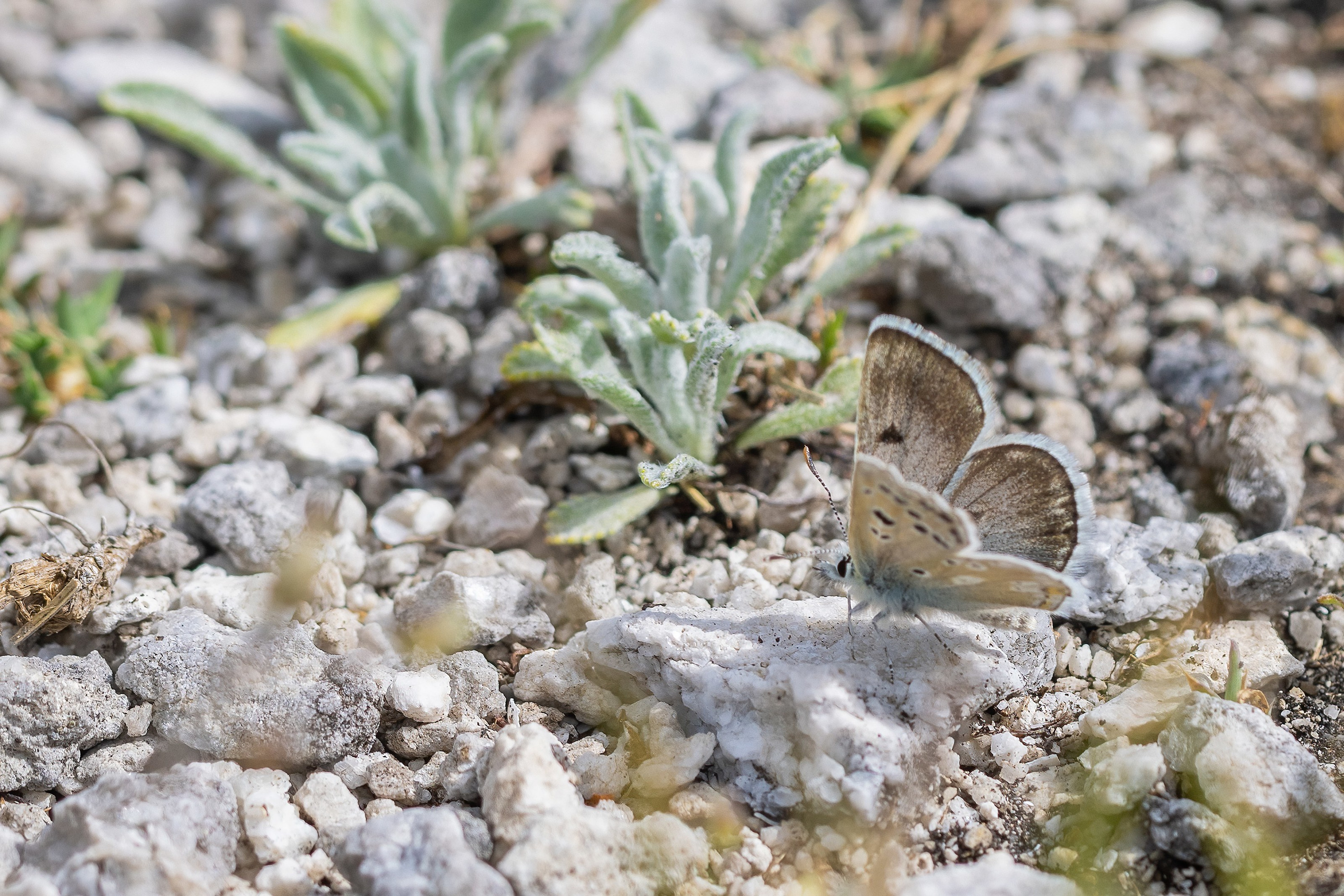

We moved on, to search more widely for the blue, but an hour later had only found another tatty male and little habitat that was as good as before. On this walk we passed through a breeding area of Whinchat and Northern Wheatear, with a pair and a handful of juveniles each, as well as a scattering of Tree Pipit. I was particularly happy to see and photograph the Whinchats, managing my best photos to date.
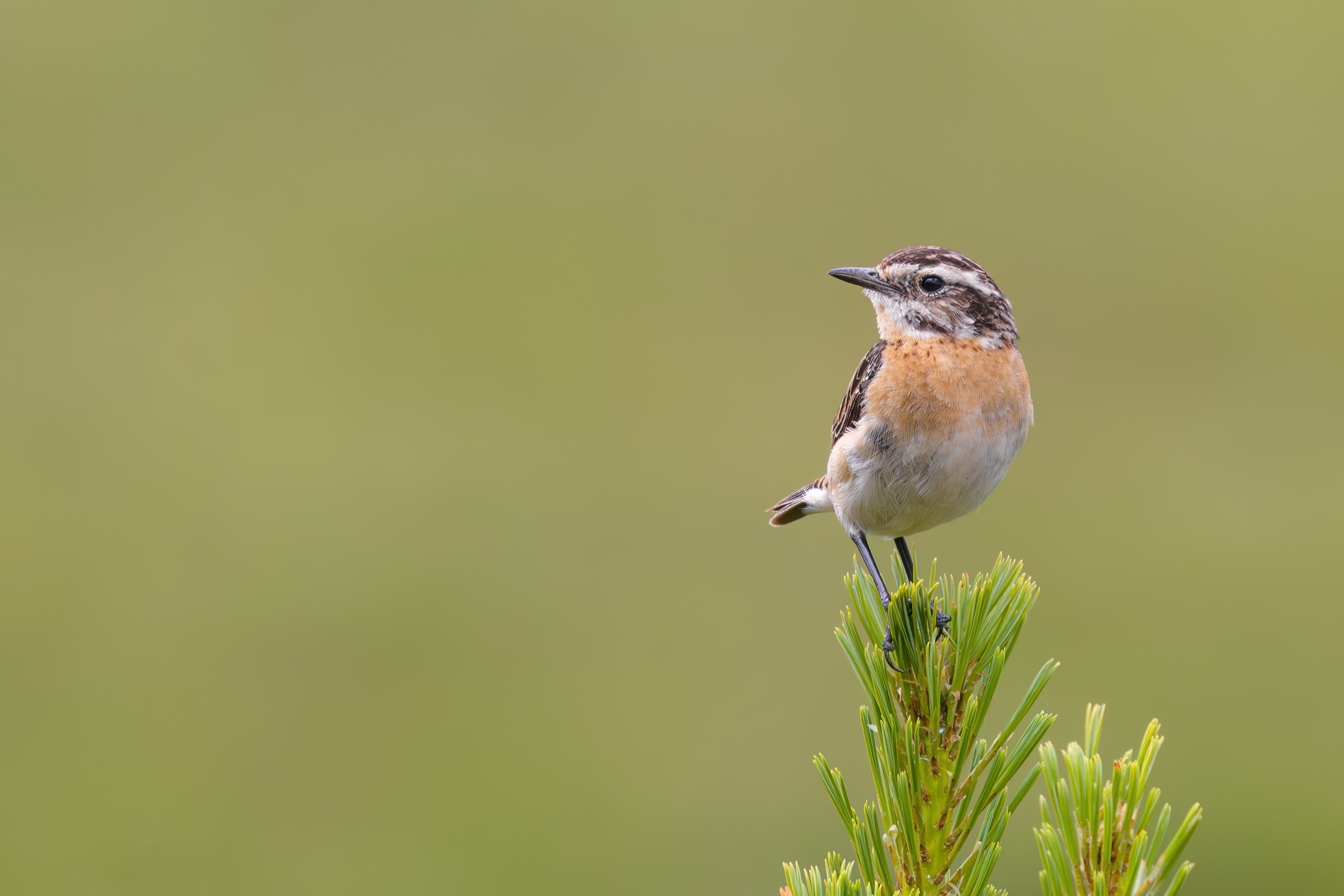
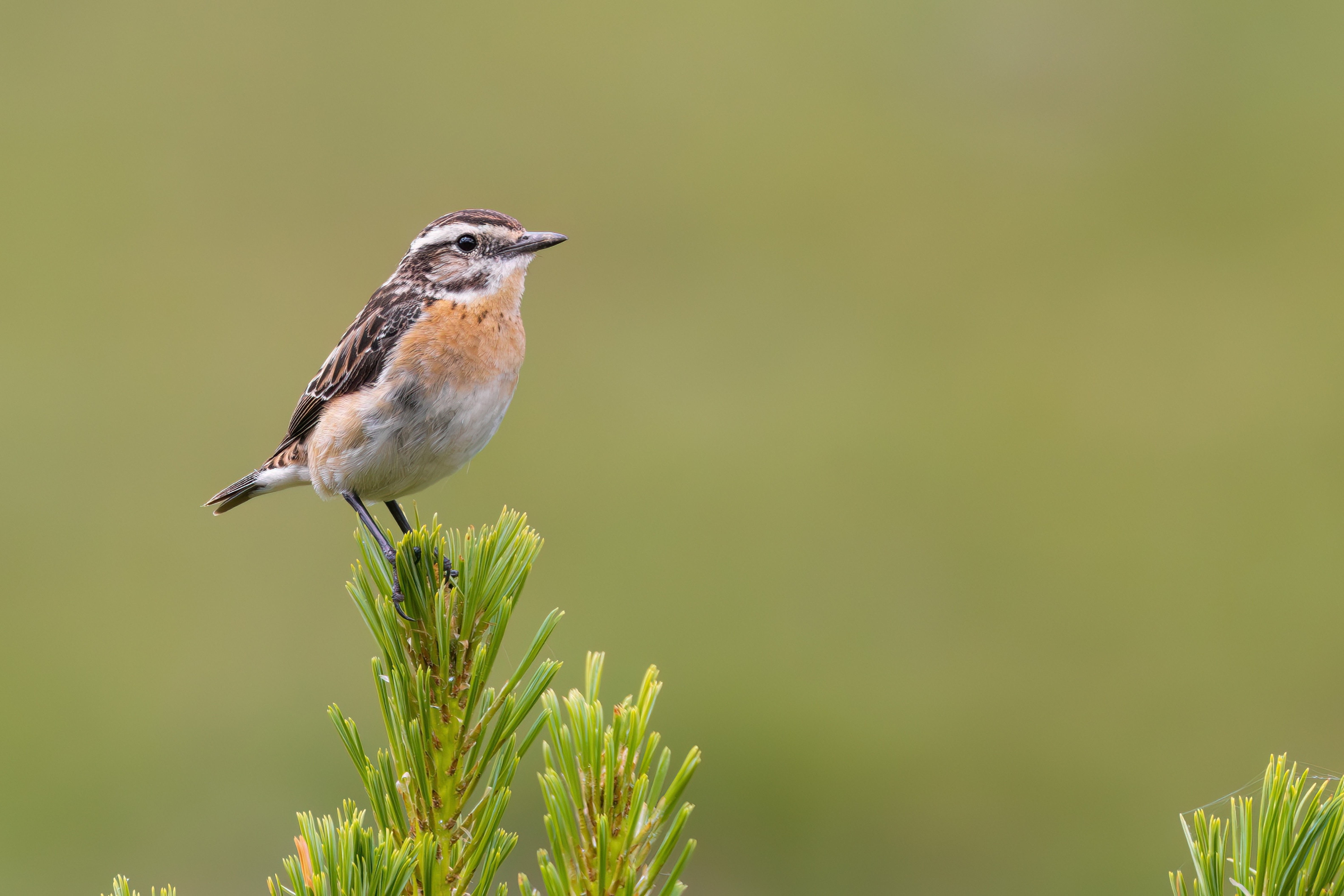
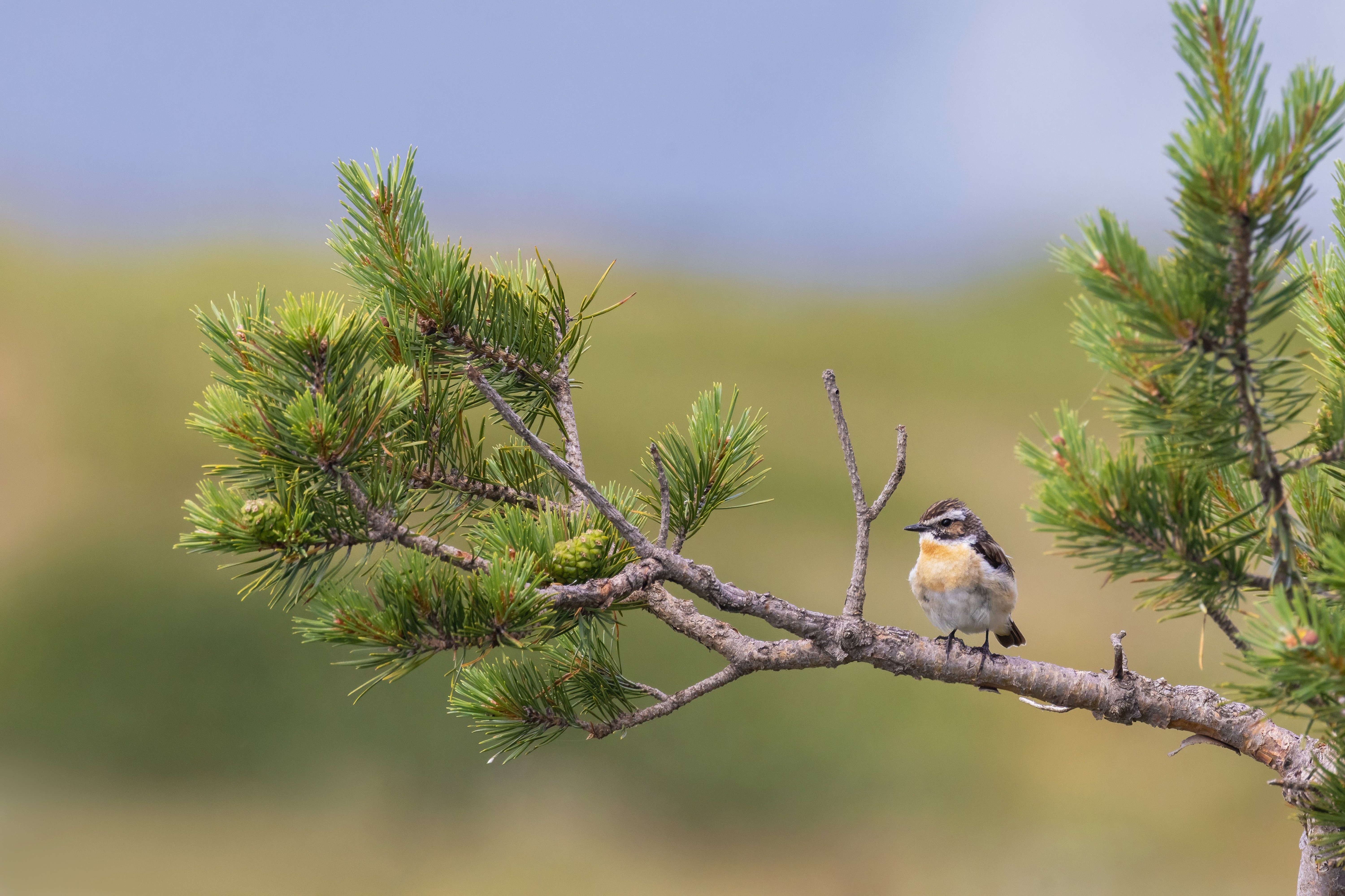
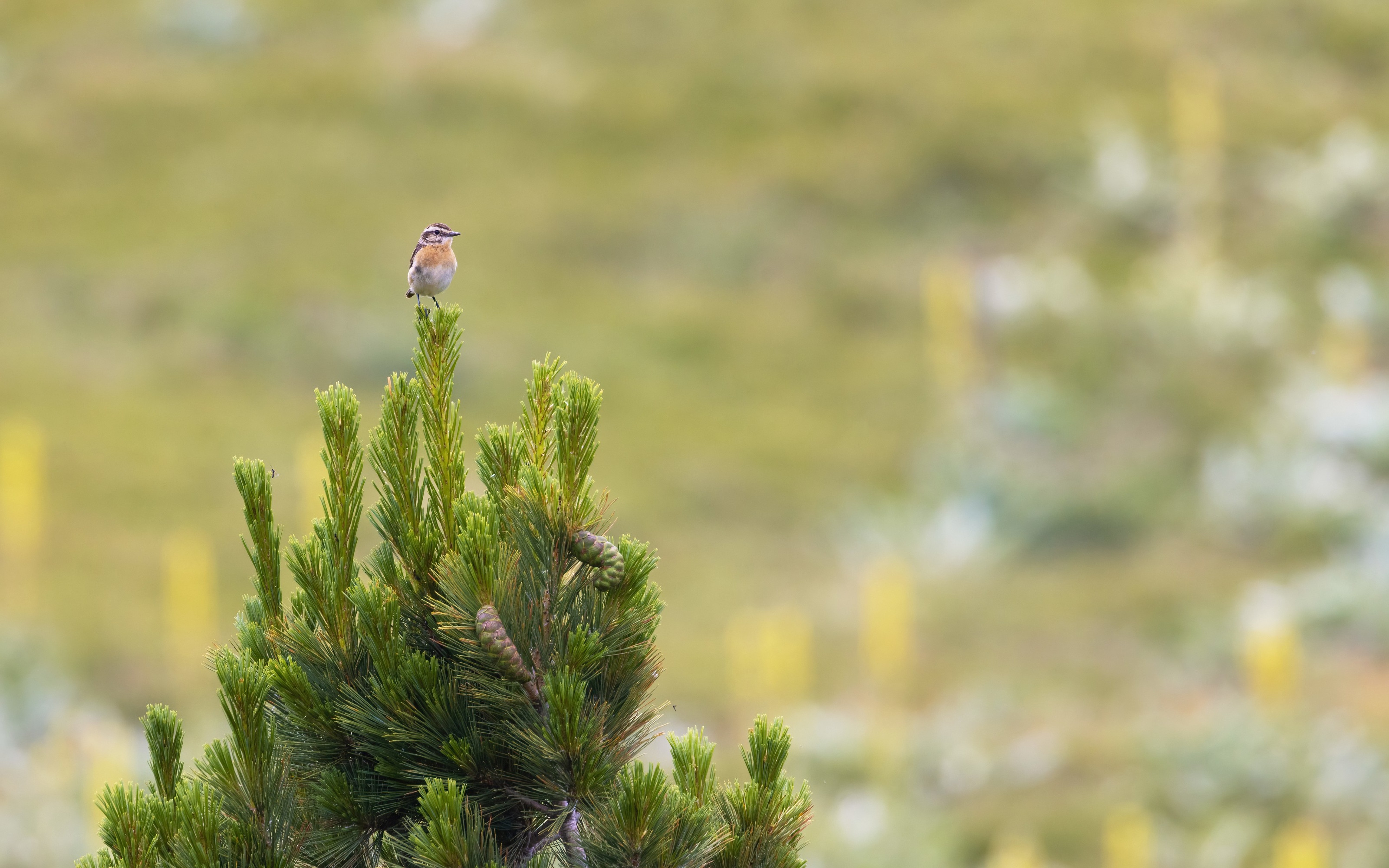
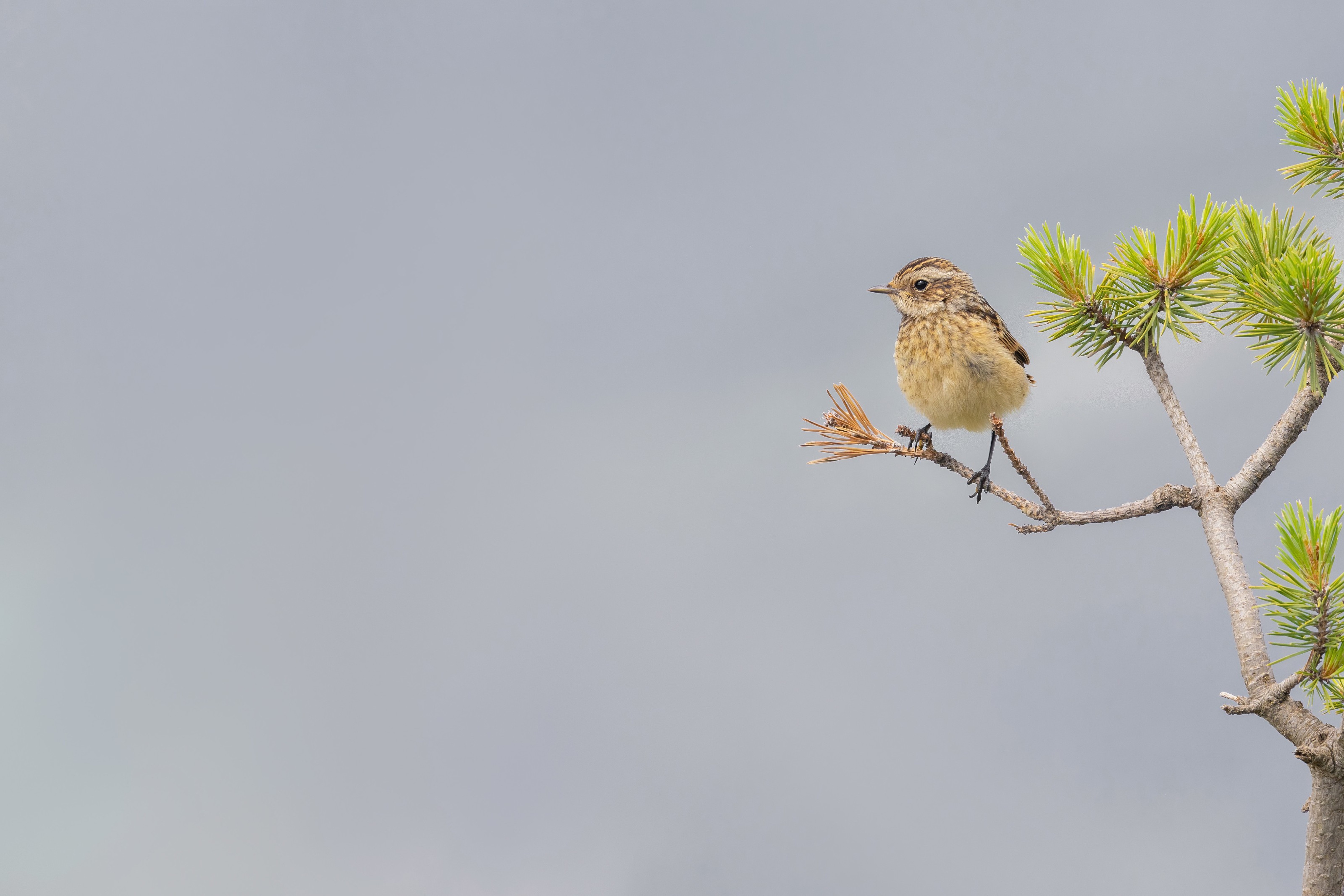
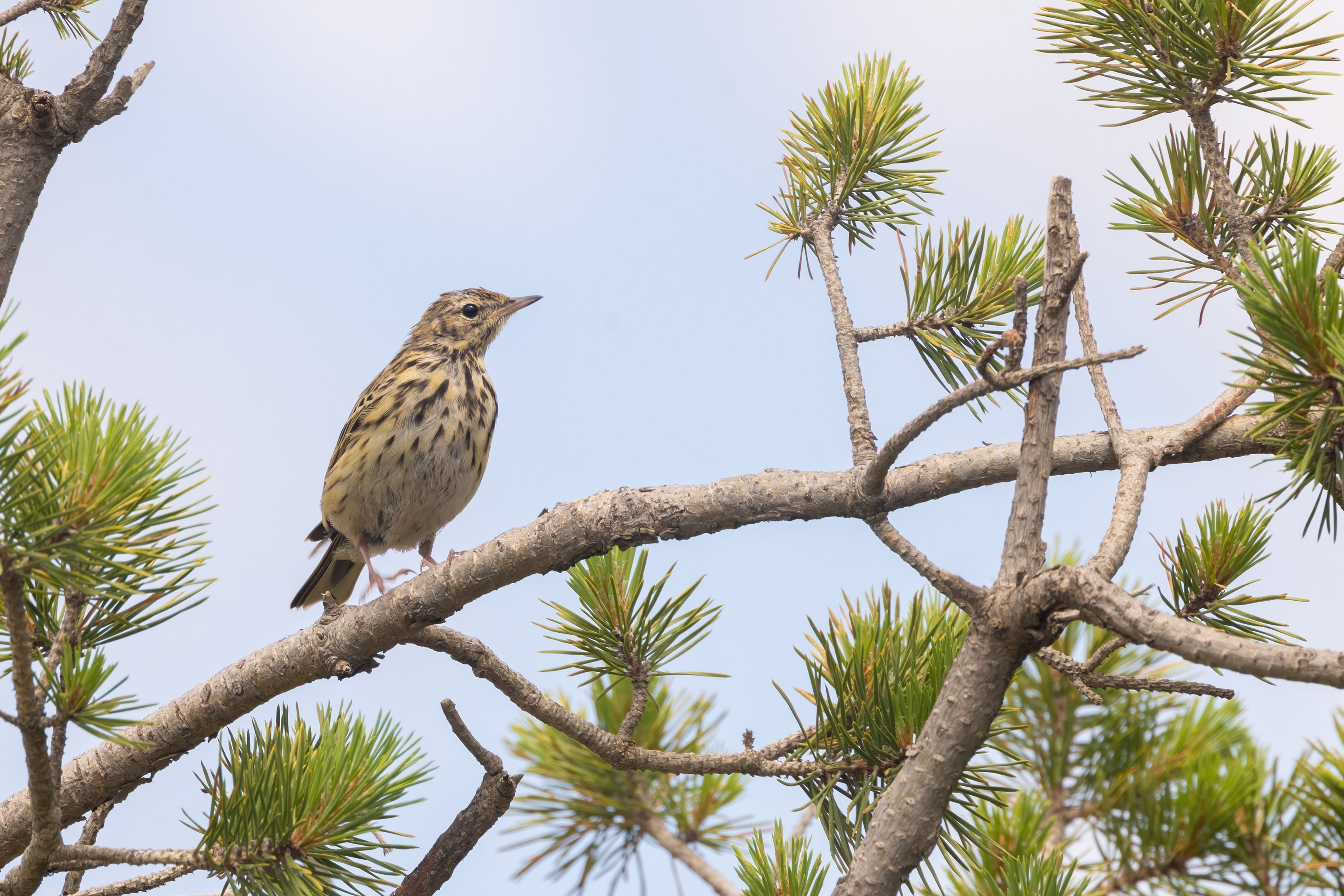
We returned to the original Bosnian Blue site, and stayed here for the next few hours, attempting more photos. Other butterflies seen up here included Ottoman Brassy Ringlet, Wall Brown, Clouded Yellow, a surprise Alcon Blue, some Silver-studded Blue, Turquoise Blue, and another new species (or just a form?) for us: Phalakron Blue! Many do consider this just a form of Common Blue, but the top Bulgarian butterfly expert firmly believes it is a distinct species. I also managed to get some of my favourite photos of Queen of Spain Fritillary, and we were very surprised to find a Greater Butterfly Orchid growing up here. I also photographed the attractive plant Sempervivium heufelii, a species that grows in the mountains of the Balkans and Carpathians. Overhead, there were a number of Raven throughout the session, as well as a somewhat unexpected Cuckoo.
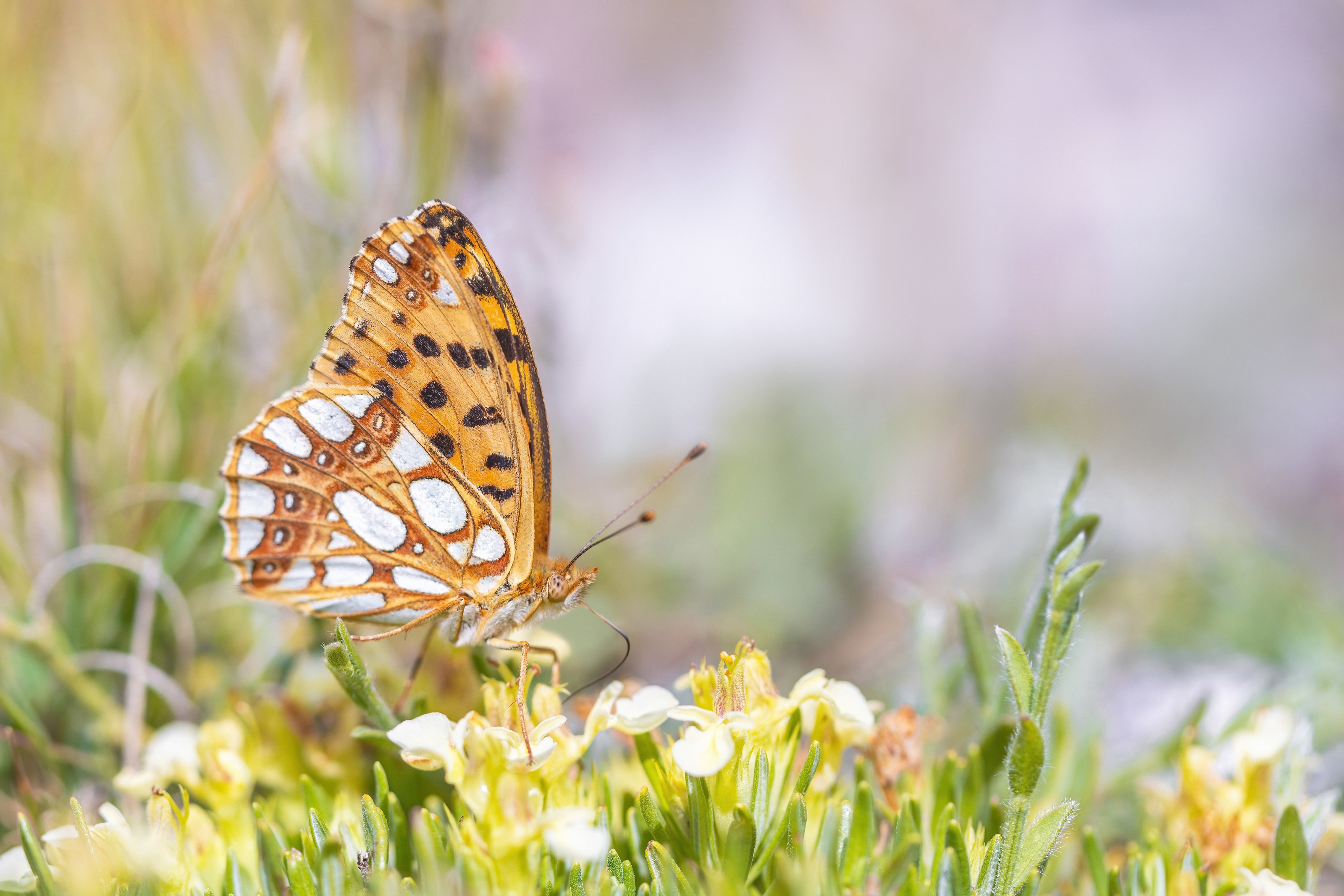
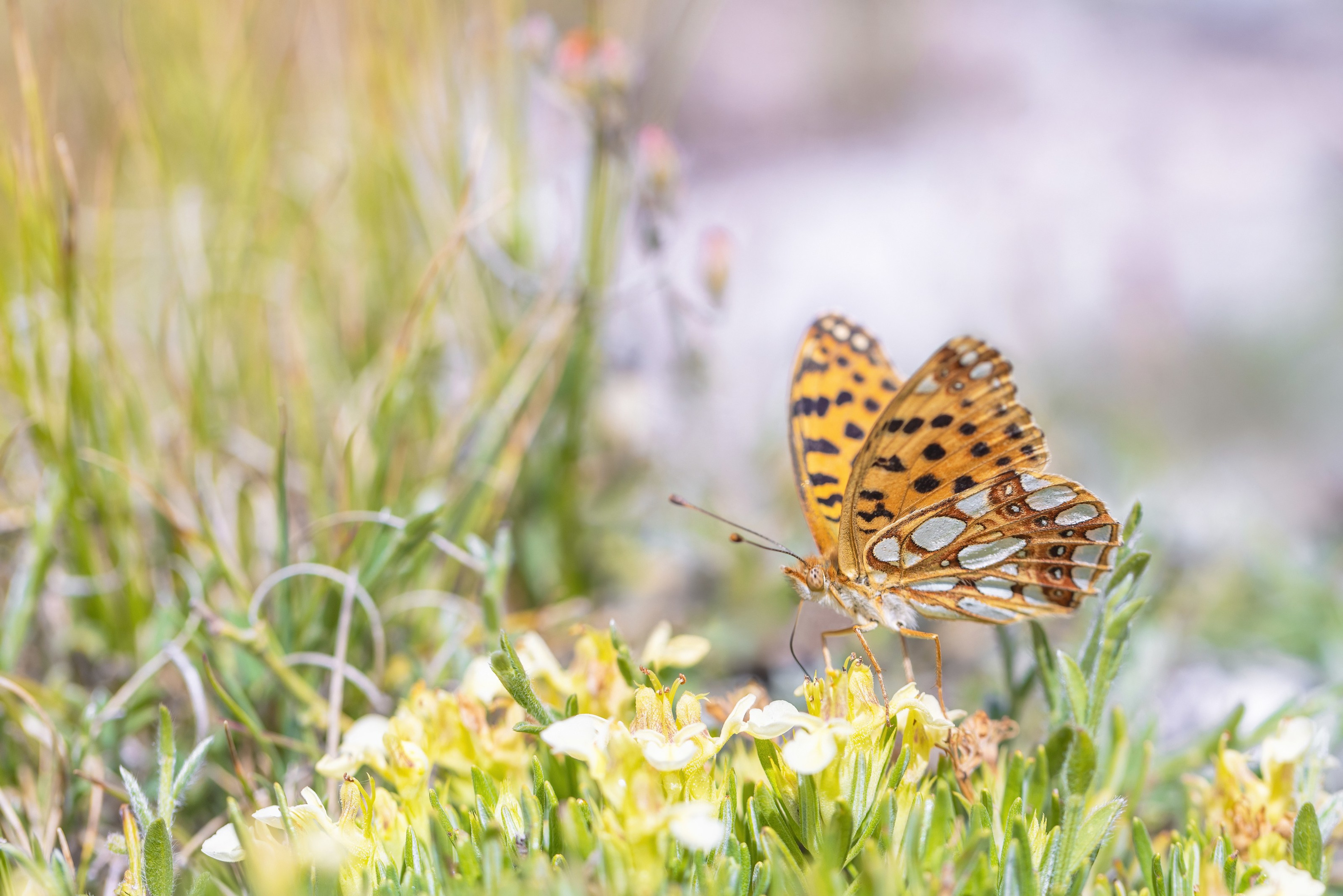
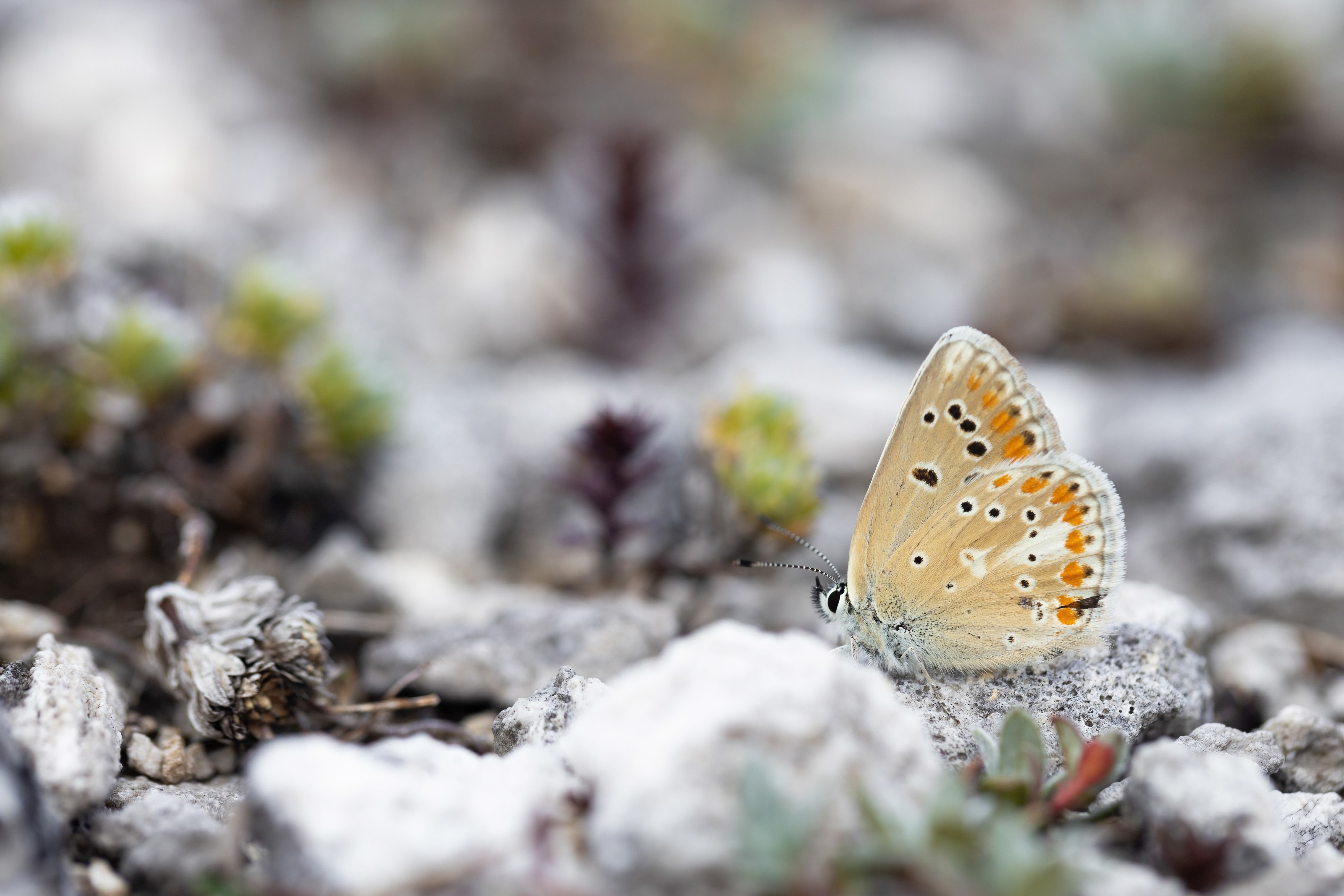
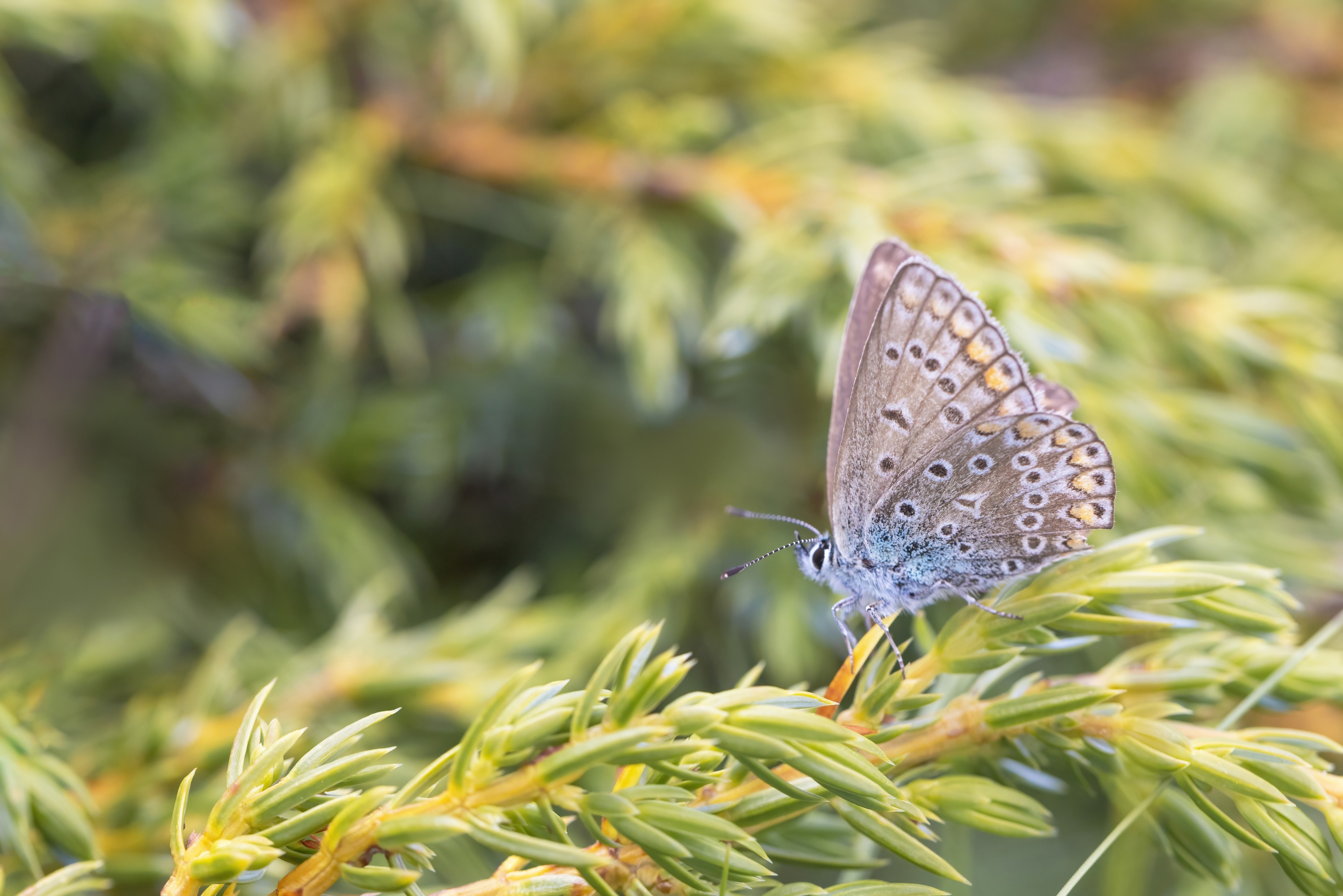


At 3:45am we began the descent, which started well with a glimpse of a Grey Partridge flying through the dwarf pine in front of us. This is a rare species the higher mountains of Bulgaria. We were even more shocked to find a Purple Hairstreak at just under 1850m altitude, possibly the highest ever record of this species in Bulgaria. It was just sitting in the middle on the track.
Once we descended back out of the sub-alpine zone, our focus shifted to finding Higgin's Anomalous Blue, as well as just photographing some of the excellent variety of butterflies found along the track. The first nice find were actually moths, with the noctuid Actinotia radiosa, and an Oak Eggar. There were actually a lot of the latter flying around on the walk down. Before long we found our first Higgin's Anomalous Blue, one of at least 10 we saw along a shortish section of track. This time I was able to get a few photos. There were also more Turquoise Blue, a Meleager's Blue, and a number of False Eros Blue. In the surrounding forest we heard a Crested Tit singing.
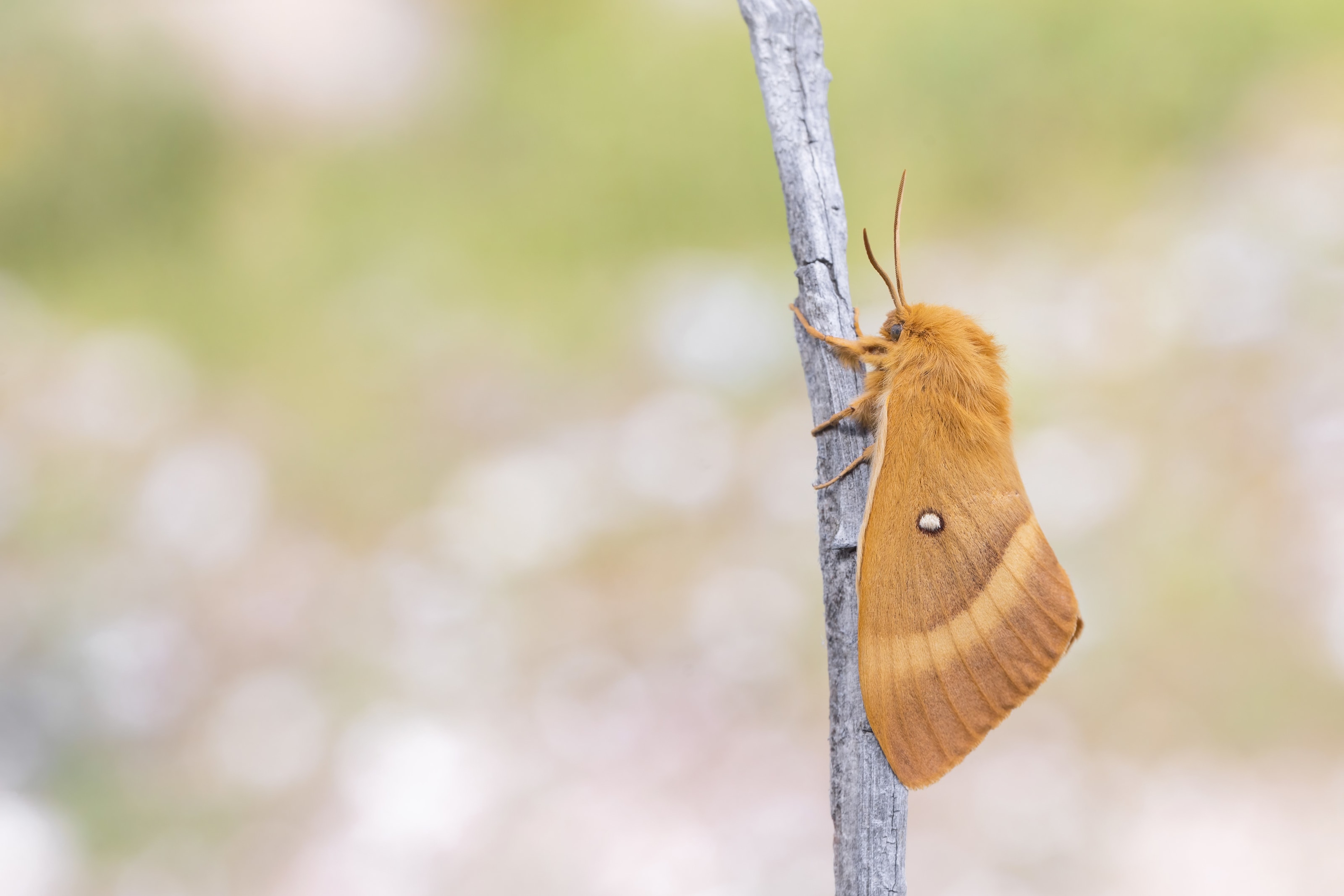
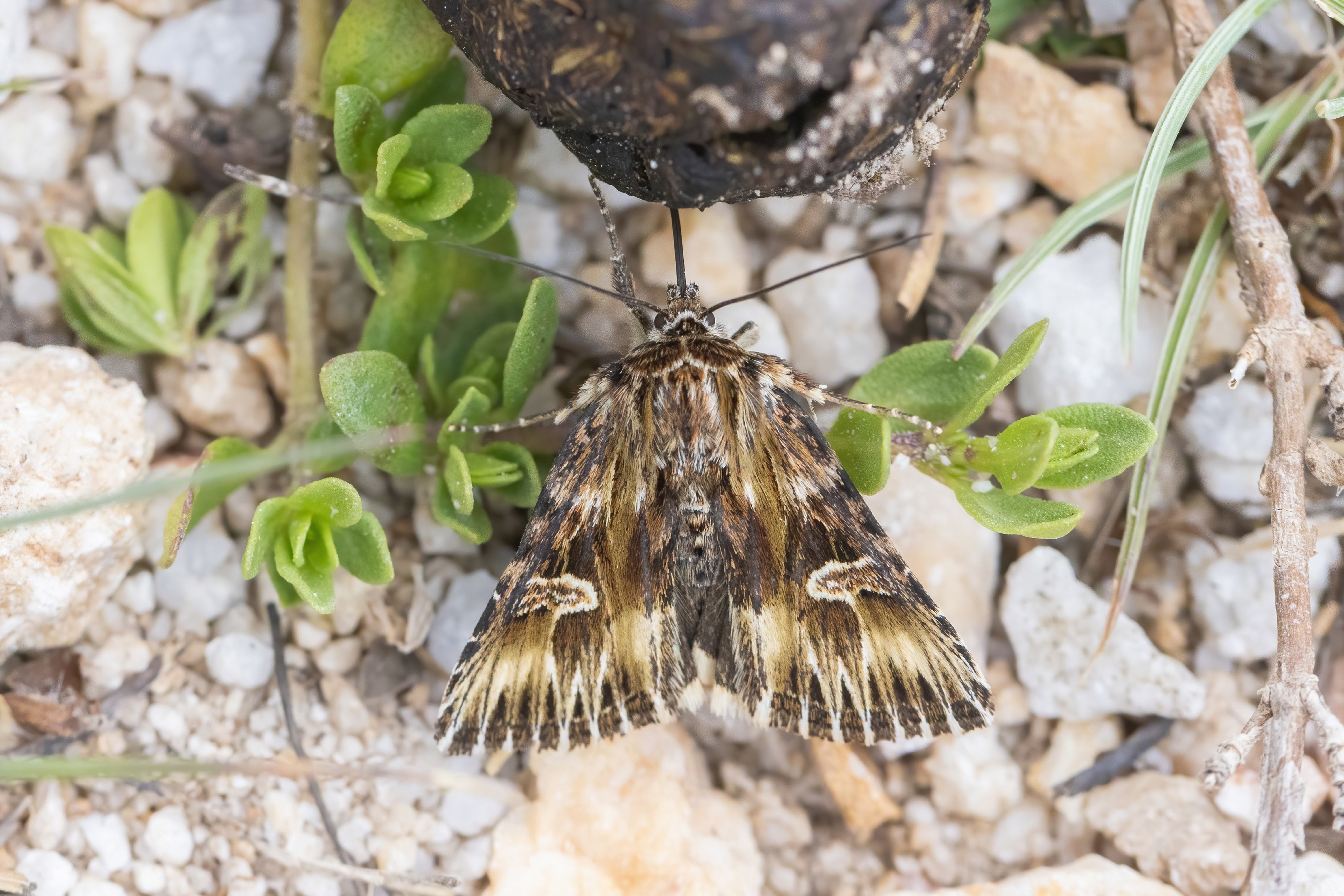
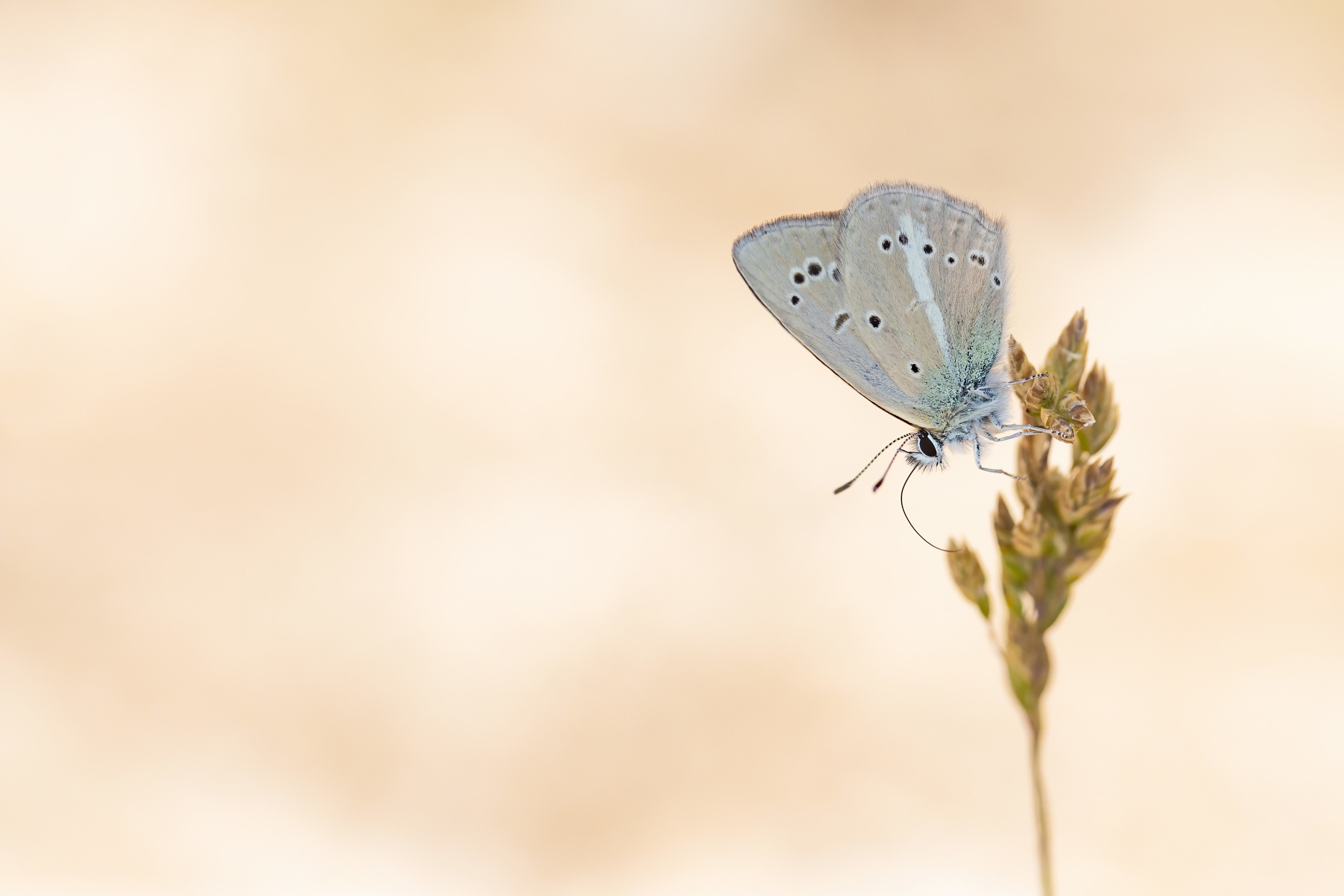
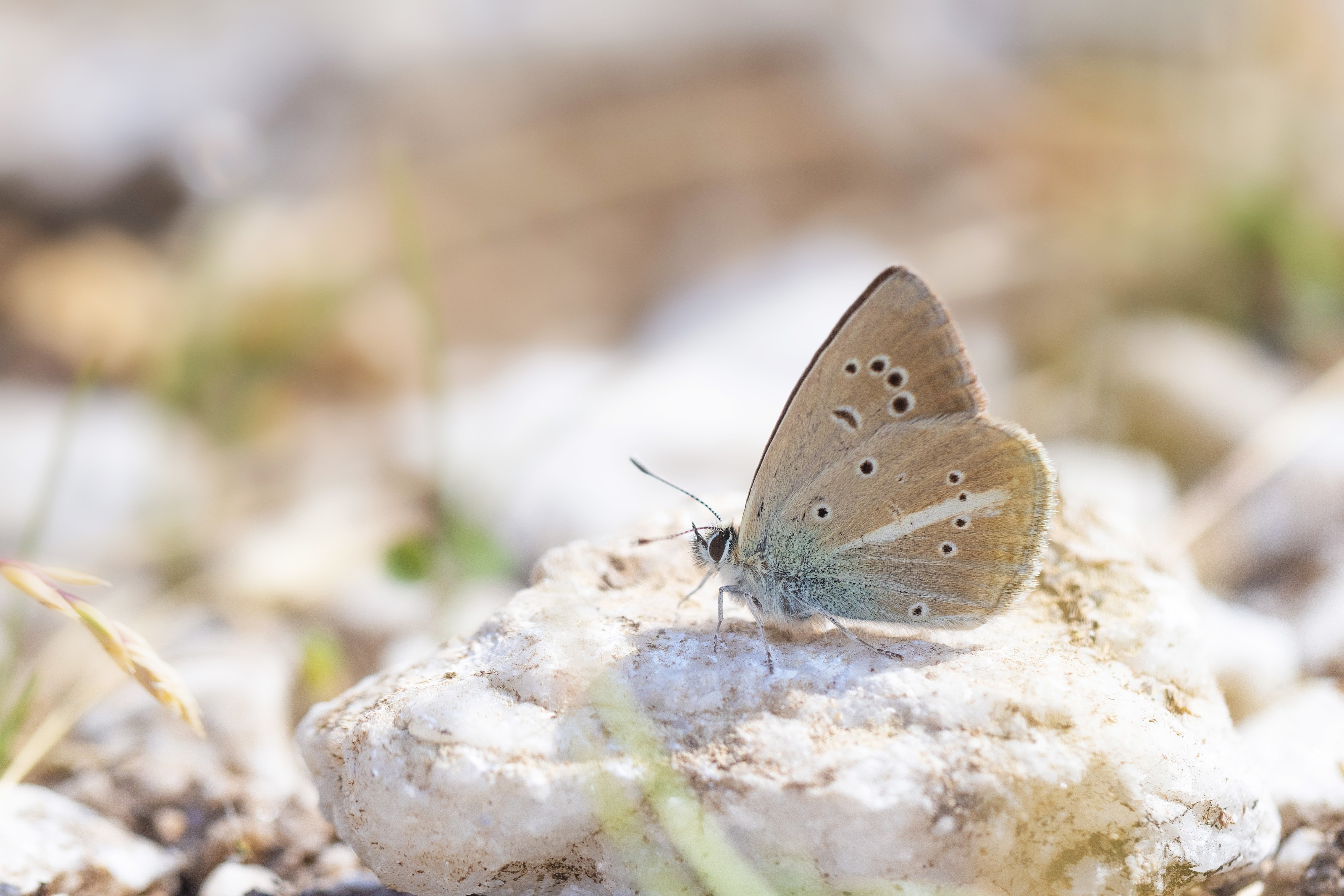
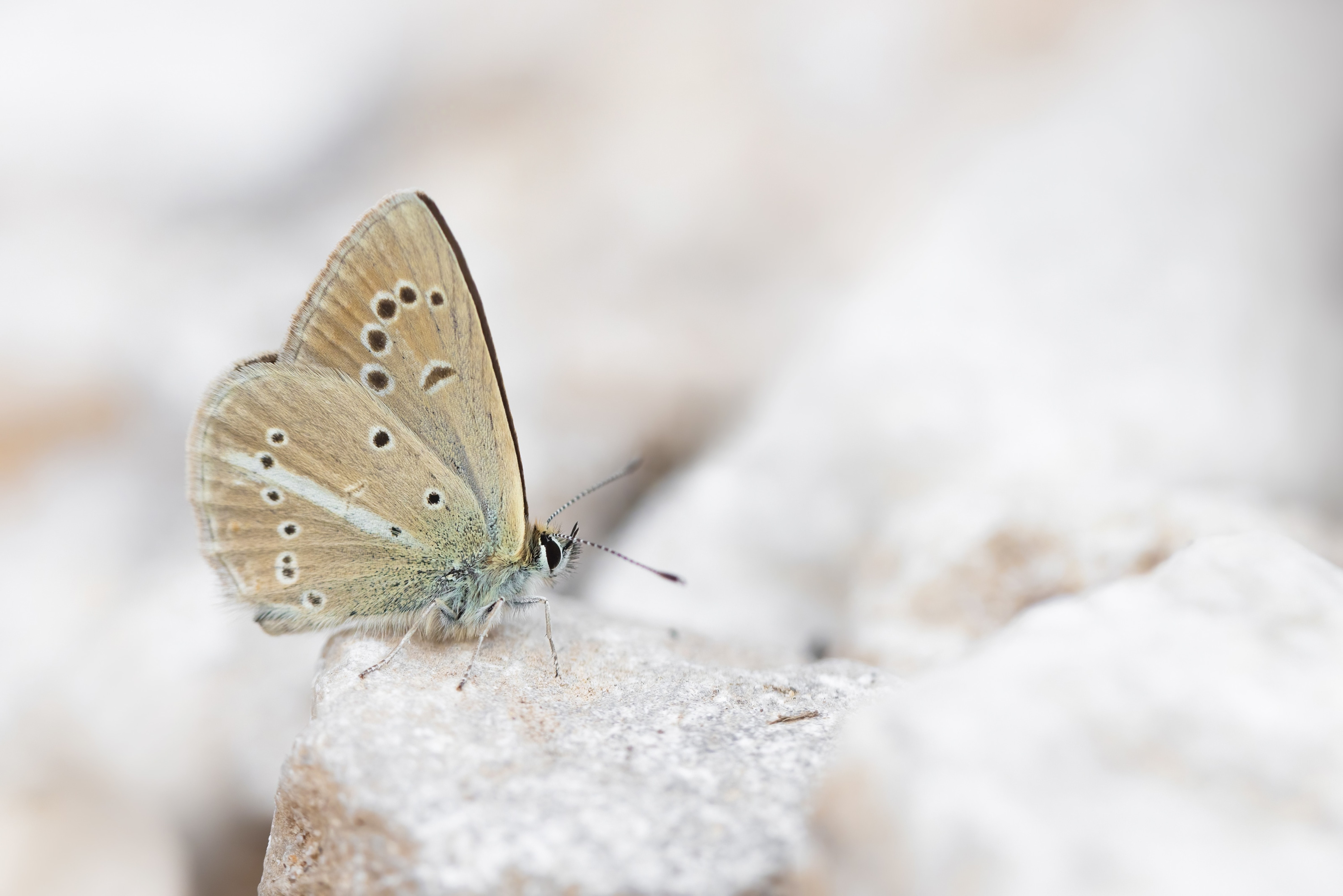
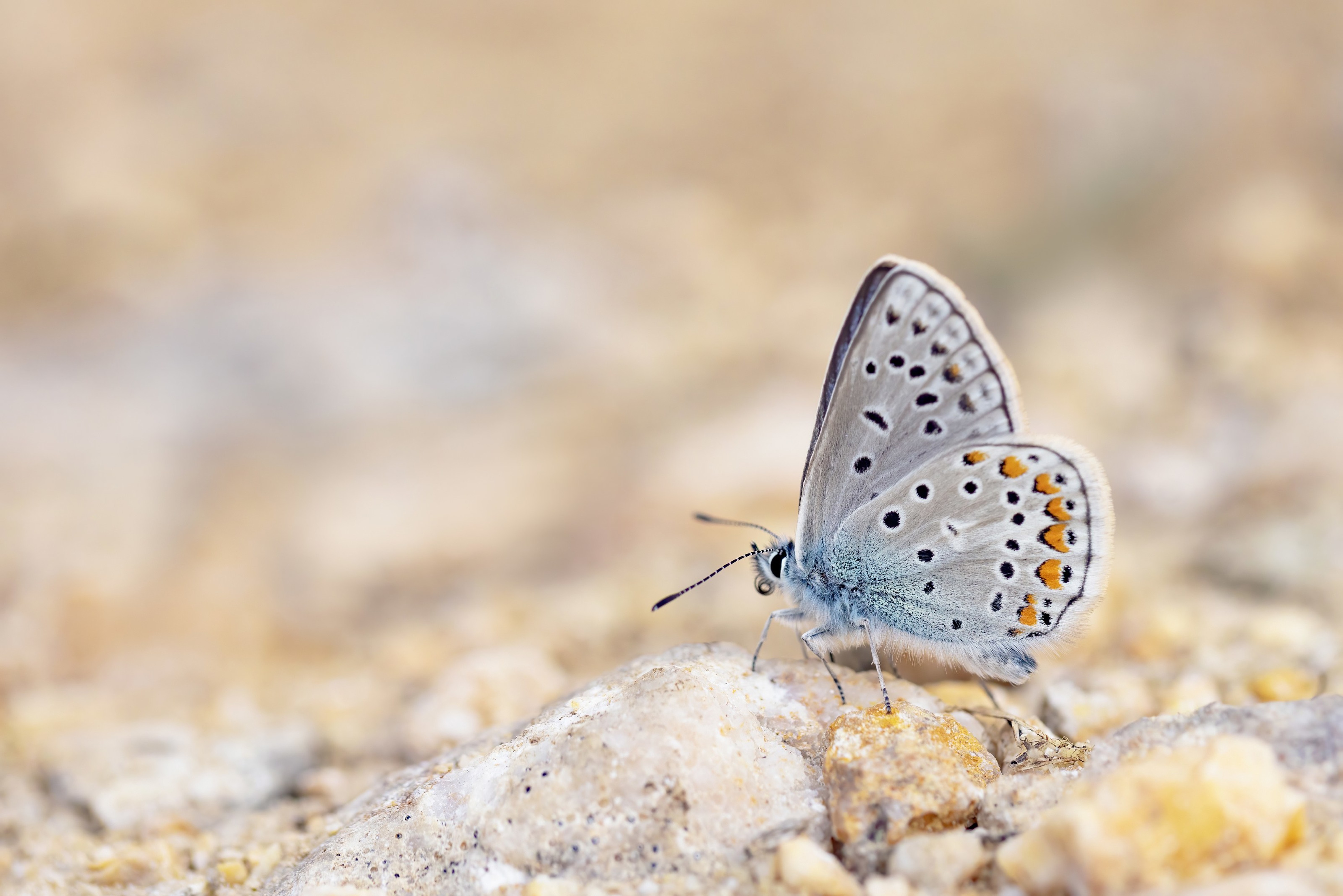
Unlike on the way up, we took the track the entire way down, opting not to take the shortcut. This allowed us to see a couple of interesting orchids: a few Red Helleborine, and large number of Wedge-lipped Orchid. The light was quite dark now, as it was nearing 7:00pm, but I am quite pleased with the photos below.


It had been a great day, with two (or three) new butterflies, all Polyommatinae, including a rare and long-sought species for us!
Leave a comment: